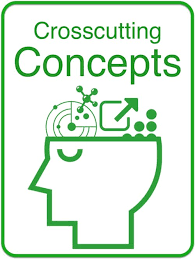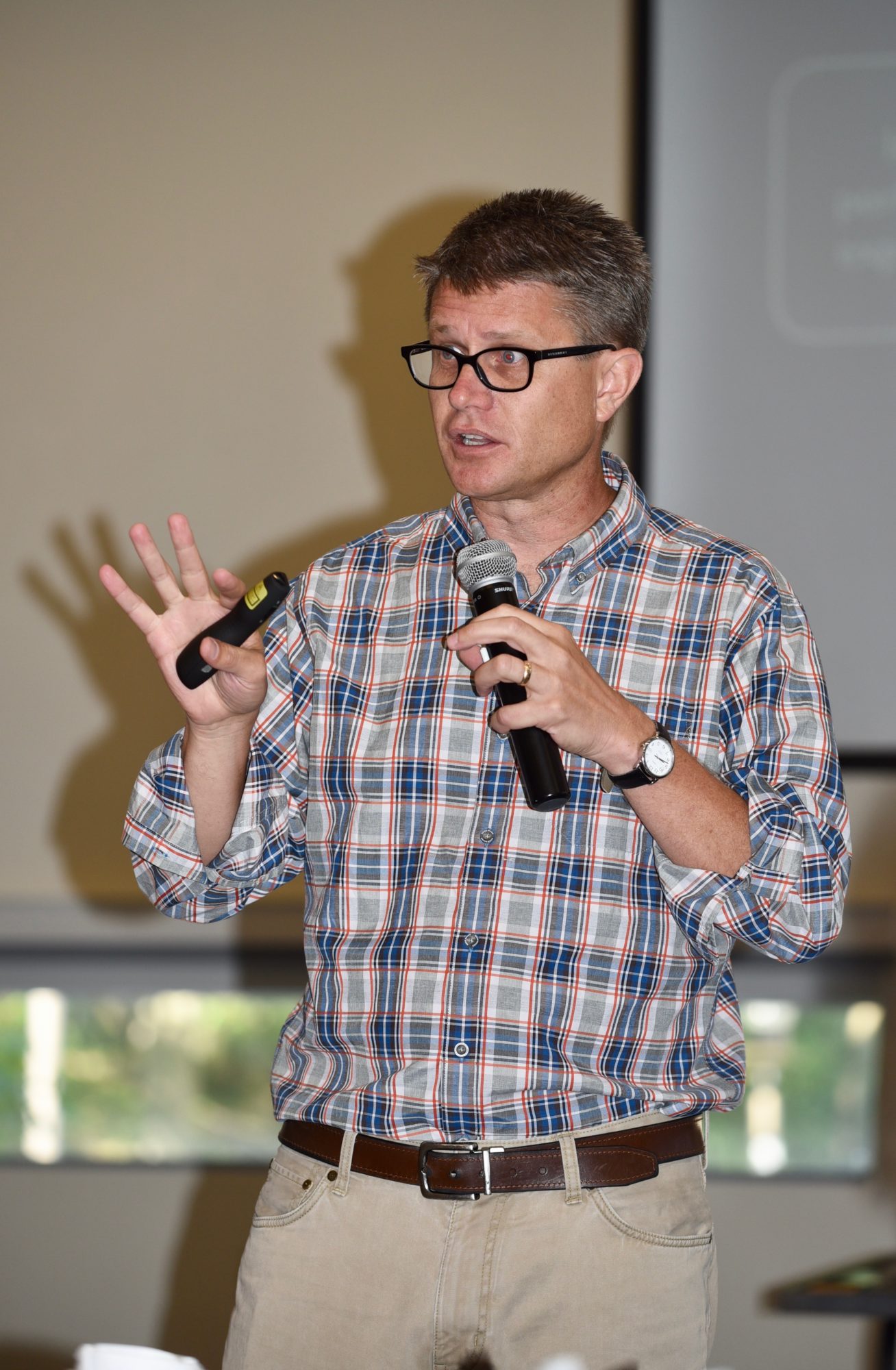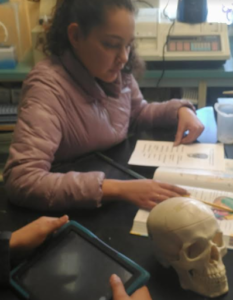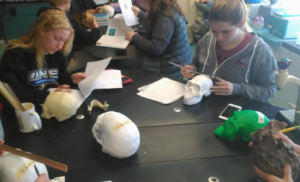By Brian Vorwald STANYS Past President, STANYS Special Director, STANYS Suffolk Section Awards Co-chair
Teachers, students, and parents are approaching the end of the 2019-20 school year, a year they won’t ever forget due to COVID-19. We have faced and continue to face, a physical and emotional health crisis that is affecting everyone in our communities. We worry about students, colleagues, family and friends. Many are dealing with loss, anxiety and depression.
A paradigm shift
Besides how the responses to the pandemic interrupted and changed home life teachers and students were forced to suddenly transition to online learning without school-wide, or for that matter district-wide plans in place. Teachers were thrust into learning a plethora of communication and instructional platforms to use for online instruction. Students had to learn how to access their online learning. Parents, especially for early elementary students, had to learn these applications and assist their children in their online experiences. And, many teachers were thrust into not only devoting time to creating and delivering their online lessons, but they had to complete online lessons with their own children. So, they had two cohorts of students, their school students and their children as students. I know of at least one parent who stated, “I want to transfer my son into another class.” Another parent wanted to send her child to the principal then realized, “the principal is me!
I have talked to teachers about their experiences with online instruction (including my own two children – one who is a middle school art teacher and the other a high school band teacher and K-12 music chair) and even around the world, via Zoom webinars in which I participated and also delivered. A universal comment I heard was, “I feel like a first year teacher.” Teachers were and are figuring out how to deliver meaningful online instruction, essentially reinventing themselves as teachers. Many teachers felt as though what they were doing, especially when schools first physically closed, was to provide their students with a “band-aide” for instruction. However, as time progressed, they received more training in various platforms and learned how these applications could increase student engagement. For many teachers, implementing remote learning also resulted in time devoted to an extraordinary amount of emails and many virtual meetings in addition to their lesson planning and delivery. Many of the emails involved trying to contact students who hadn’t participated in online learning and/or were missing assignments. The transition to online instruction also presented some teachers with inequitable situations. As an example, my daughter who is a middle school art teacher has 12 classes which is an entire grade. Consequently, if the percentage of students she has to contact is the same as for a teacher with five classes, she has many more students that have to be emailed. The takeaway from this is that inequities such as this be addressed as schools plan for remote learning.
Loss of interpersonal interactions
Teachers and students suffered another loss, the social and emotional interactions that occur when they are together in a classroom and in the overall school environment. Many schools did not permit synchronous teaching so students worked in the online environment in isolation without having any interactions with their teachers and with other students. Teachers missed their students and students missed being in school. My five-year old granddaughter ultimately said after two months of online learning, “I want to go to school…I miss my friends.” This was the case with students K-12. While we often put an emphasis on academics, school is much more than that. Kids need the social interactions they experience in the school environment. With the stay at home rules, they were also missing these interactions outside of school. Teachers lost the ability to interact with all of their students. They couldn’t observe them struggling with some aspect of a curriculum and help them to move forward.
The loss of face to face teaching also can result in teachers not being able to infuse a degree of fun into their classes. As a result, virtual learning becomes more serious than face to face learning. As an example, during my career one strategy I used to help engage students was to infuse humor when they didn’t expect it. As an illustration, I’ll relate the following anecdote. I had observed that after the Thanksgiving recess my 9th grade students often didn’t recall what we’d been doing just four days prior and some didn’t even recall their locker combinations. So, I created “Turkey Brain Loss Syndrome,” AKA as TBLS. Each year on the last day of class prior to the recess I advised my students to take measures to mitigate TBLS because it’s unique to Thanksgiving, as almost everyone has a turkey dinner on this holiday. (Yes, I had to teach them the meaning of mitigate.) So I inferred, it must be the turkey that affects memory. I suggested that eating enough cranberry sauce would help to reduce the effects of TBLS. So, where am I going with this? A few years before I retired I was walking through the guidance office and encountered a former student who as a college senior was just starting a guidance internship. She had been one of the top students in my honors Earth science class. She asked if I still try to convince my students that TBLS is a real condition (yes she remembered the acronym and what it meant). This is what she remembered from what we did in my class. I asked if she recalled what Bowen’s Reaction Series is. The answer was, “I never hear of that.” Truthfully, it’s not important many years later she recall that. It’s these intangible connections we make with kids that are important and help them become engaged in our classes. These can be lost in the online environment and teachers must find ways to make the virtual classroom fun as possible.
Problems encountered
When synchronous online learning did occur teachers often had only a small number of their students in attendance. Many students didn’t turn in assignments resulting in teachers spending an inordinate amount of time contacting their students and often not connecting with many. As an example, my son had his high school band students record assigned parts for their instruments and then upload them so that he could use software to assemble them into a “concert.” By the assigned due date only a small number had done so. So he started trying to contact them, often without success. He was working very late one night creating videos he had to upload the next day and at about 2 a.m. and decided to send several students emails. He was surprised to get immediate replies from the students. During the daytime they had not responded but late at night they did. His take away was, “I guess I have to work on teenager time.” Well, this only illustrates another challenge. How do we get high school students to modify their behavior and “do school” on a reasonable daily schedule? Anecdotally, I have heard this from many teachers of middle school and high school students.
Schools must also develop a schedule for students in the virtual classroom. If synchronous online lessons are planned, teachers who share the same students should not schedule them at the same time. Synchronous online classes that take place at the same time means that students have to select which class to attend and which class to miss. There must be coordination when scheduling classes. And, how much online work should students do in a day? Previously educators and parents endeavored to reduce screen time for students. Now, screen time has been enormously increased. We must find the right balance.
Issues with reopening schools
We all hope that schools will physically reopen in the fall. But, at this time that is uncertain. And, if they do open, what will that look like? It’s clear that there won’t be a COVID-19 vaccine for some time, and very likely not before 2021. So, much has to be considered in order to have students return to school buildings. Considerations from CDC guidelines include (in no order of priority): creating strategies for social distancing; having students wear face coverings; protocols for cleaning and disinfecting frequently touched surfaces while keeping cleaning products away from students; closing shared spaces such as cafeterias, playgrounds, gyms (or possibly staggering their uses and cleaning in between each use); keeping students in small groups and keeping the groups the same; staggering arrival and drop off times (and how many kids will be on a bus…will more buses be needed which will increase costs if buses are even available?); checking staff and students, if feasible, daily for COVID-19 symptoms with health checks; preparing for when someone gets sick – isolating and getting them home or to a health care provider, informing anyone with close contact, and closing areas used by a sick person and waiting as long as possible to clean areas the sick person used (24 hours if possible). Additionally, assemblies and field trips should be limited or eliminated.
Clearly, the aforementioned concerns provide a real challenge to school districts in terms of logistics and likely increased cost. Importantly, reopening presents us with three options, each which has a different level of risk. (1) A low risk start of the school year will be virtual only classes, activities and events. (2) A strategy that will involve more risk is a blend of online learning and attending school which would require small in person classes, groups staying together and remaining apart. Supplies would not be able to be shared presenting a challenge for science lab activities, art classes, technology classes, and more. (3) The highest risk would be returning to school as “business as usual.”
If a district develops a plan that will return students to school buildings we must be prepared to address teachers and students who are fearful of returning to school. Additionally, there will be parents who will not want to send their children to school so districts must develop plans to address this eventuality. Also, to be considered are the concerns for teachers who have underlying conditions and are in greater risk of contracting COVID-19. And, what about kids who come to school sick? Symptoms of a common cold are similar to COVID-19 symptoms. Essentially, all students who present cold-like symptoms who would normally attend school should stay home. This will present challenges to working parents of young children.
Even if some schools do physically open in some way, we must be prepared for the potential of another shutdown if, as many medical experts predict, we experience a second wave of coronavirus infections later in the fall or in the winter. Consequently, teachers must be prepared for meaningful online learning. Hopefully, teachers will be more knowledgeable in the range and use of online learning resources and districts will develop coordinated plans to support teachers and students.
Requirements for remote learning
We must plan for online learning because it’s unknown if students will return to school, will have only online learning experiences, or if there will a blend between face to face learning and remote learning.
Three requirements for remote learning must be addressed, as identified by Long Island’s representative on the state’s Board of Regents, Roger Tilles, in his Newsday op-ed on May 26. First, teachers must be able to deliver online instruction. The online tools teachers can use must be determined and all teachers must receive training so they can integrate them into their online instruction. Teachers must be fluent in the use of the Learning Management System used by their district and be able to use various platforms in order to deliver synchronous and asynchronous online experiences to their students. Technical support should be provided for families. Not only must students be provided with training in the use of online tools, but so should their parents. This is especially important for the parents of our youngest students.
A second requirement is that all students must have a device on which they can access online instruction. When we suddenly transitioned to online instruction there were inequities between districts and within districts. In some districts all students were provided with devices, others students already had devices, and in yet others students didn’t have access to devices. Some students in schools had devices and others did not. Some devices were not compatible with the applications some teachers used which impacted the potential for those students to complete assignments. The bottom line is that in order for all students to have the potential to successfully engage in online instruction, they must all have devices that can interface with the application tools their teachers use.
The third requirement is that all students must have access to internet connectivity. Students in some communities on Long Island did not have access to the internet from home because their communities did not have the infrastructure. To address this issue some have roving mobile internet hot spots on buses which provide sections of the community internet access for one hour and then move to another location. Also, individual issues with connectivity have occurred and will do so again. We’ve all experienced the loss of internet during a storm, or from an issue with our cable provider, a modem failure, router failure, or due to a problem with a device. We must anticipate these issues and provide opportunities for students to make up missed work if the cause is that they couldn’t get online.
Planning for distance learning
Planning for distance learning must address two very important issues. We must develop strategies to address students who have identified special needs and those who are English language learners. If this isn’t addressed it’s likely that these students will fall behind or even worse, become frustrated and disenfranchised with the online experience and abandon remote learning altogether.
The second issue is how to deliver authentic learning opportunities for our science courses that engage students in critical thinking skills. A pitfall that must be avoided is having students completing worksheets, doing test questions, just learning content, or creating presentations that are basically lectures using PowerPoint or another presentation application. If students access a presentation that has been uploaded to the LMS and just click through slides, they will likely become bored and fade away.
The challenge is to figure out how to use the various technology tools so that students will be able to participate in science investigations that will give them the opportunity to construct their own understandings. While the timeline for the first administrations of assessments aligned with the New York State Science Learning Standards has been modified due to the closures caused by the pandemic, students still must complete lab activities in which they use the process skills of the various core curricula. (You can find the NYSED timeline at: http://www.nysed.gov/common/nysed/files/programs/curriculum-instruction/science-timeline.pdf)
Many of these skills are aligned with the three dimensional approach of the NYSSLS and many science practices and crosscutting concepts are appropriate for online applications.
As an example, during synchronous online teaching a document camera can be used to show students a phenomenon or part of an investigation, assuming you have the materials at home to do so. I’ve also learned that an iPhone can be used as a document camera. Based on students’ questions (Science and Engineering Practice or SEP – Asking Questions and defining problems) and instructions materials can be manipulated. Student may be able to wonder about the cause of a pattern (Crosscutting Concepts – patterns and cause and effect) leading to constructing an explanation (SEP). There are online tools that facilitate students interacting and sharing ideas and information. This synchronous learning can be combined with related asynchronous online experiences.
Paul Andersen of Bozeman Science and a friend of STANYS, explored online applications in a virtual workshop during which teachers from all over the United States and the world attended. He has already produced a video using what he learned from the experience. The video is, “How I’m Teaching Remotely” and runs a little more than 10 minutes. I strongly recommend that you view it if you have not already done so. It can be found at: https://www.youtube.com/watch?v=_gMbnNUFMVM&feature=youtu.be
Final Thoughts
I believe that the face of educating students will not return to what it was prior to COVID-19, even after the pandemic is in the rear view mirror. However, that’s not necessarily a bad thing. Many online tools and strategies engage students and provide alternatives, supplements, and strategies that can be integrated into the face to face delivery of our courses. As teachers plan to deliver online instruction they should also be considering how they’ll be able to utilize these tools once schools have reopened and remote learning is no longer necessary. However, we should all be acutely aware that this situation could return again. Next time, we’ll be ready, and hopefully we will see it coming.










